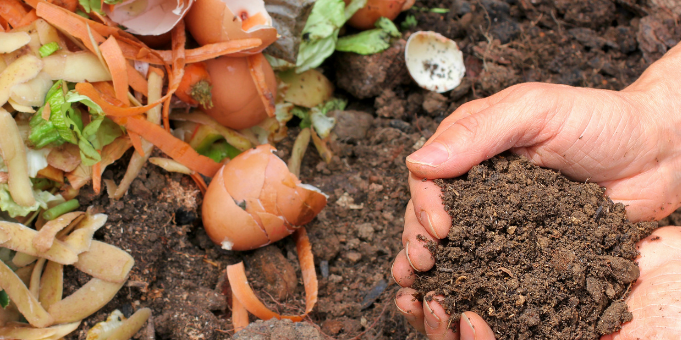In May, the Vermont Department of Environmental Conservation (DEC) released results from its 2023 Waste Composition Study. The study found that the state significantly increased the amount of food waste diverted from disposal over the last six years. In 2017, when the last waste composition study was conducted only 27,579 tons of food waste were estimated to diverted. In 2023, that number was at about 39,000 tons. That’s a 41% increase in food waste diversion over just six years.
This is all thanks to Vermont’s Food Waste Prevention and Recycling Law, which bans the disposal of food waste and other organics from landfills. The law took effect in steady and consistent phases between 2012 and 2020. And the results speak for themselves.
In 2012, only 12 companies offered residential food waste hauling services. That number increased to 45 in 2021. Between 2014 and 2017, donations to the Vermont Foodbank nearly tripled. And there’s been continued growth since then, with donations doubling between 2017 and 2019.
When buried in landfills, food waste and other organic materials significantly contribute to methane emissions. In fact, landfills are the third-largest source of climate-damaging methane emissions in the U.S. because of this. By diverting food waste from landfills through food donations, composting, and anaerobic digestion, Vermont is helping to mitigate the climate crisis.
Can you imagine the impact if every state adopted a Food Waste Prevention and Recycling Law like this?



Recently on Twitter